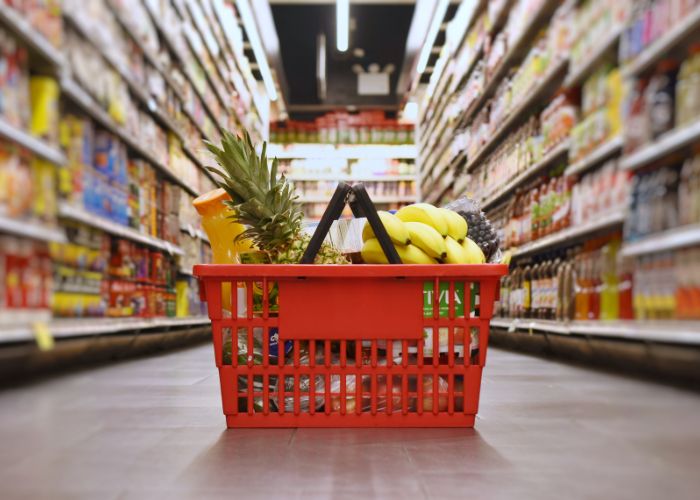In February 2024, groceries were still 5.3% more expensive than in the same month last year. While the rise in food prices was still remarkable, food inflation fell to its lowest level in two years.
This was announced on Thursday by the Spanish National Institute of Statistics (INE). Headline inflation was 2.8% last month. The decrease compared to January is 0.6% and was made possible thanks to the reduction in the price of the shopping basket and the decrease in the price of electricity. Electricity was 7.7% cheaper last month than in February 2023. On the other hand, the decline in inflation was curbed by the increase in fuel prices. This rose by 0.9% year-on-year after falling by almost 5% in January.
Shopping basket
The lighter price in the shopping basket is made possible by lower prices for legumes, vegetables and meat. In addition, the prices of products such as fruit, bread, mineral water, soft drinks and fruit juices rose more slowly in February 2024 than in 2023.
And while price increases are still high, compared to what we were used to before the inflation crisis erupted in mid-2021, prices are gradually normalising. The most notable case is still olive oil, which cost 67% more in February than in the same month of the year before. Olive oil is now twice as expensive as it was 17 months ago. The price continues to rise month after month with no prospect of a decrease. The price of olive oil has risen for twelve months in a row compared to the previous month.
Other products that are still significantly more expensive than a year ago are fruit juices, which cost 19% more; potatoes (12%); pork (11%); confectionery (11%); chocolate (10%) or fresh fruit (9.1%).
Price drop
The good news is that some foods have fallen in price compared to last year. These include sunflower oil (-25%), pizza (-4.3%), butter (-3.5%), fresh vegetables (-2.7%) and skimmed milk (-2.1%).
Core inflation slowly declining
Core inflation – which measures price developments without accounting for processed food or energy – was 3.5% in February. One tenth of a percentage point lower than in January. It is one of the indicators to which the European Central Bank (ECB) pays the most attention when making interest rate decisions.
Another indicator that central bankers are currently looking at the most is services inflation. It rebounded by 0.3% to 3.9% in February. The development of the prices of services is closely linked to the development of wages. That is why the ECB is keeping a close eye on how they develop.


